Home>Gardening & Outdoor>Landscaping Ideas>How To Fix Tire Ruts In Grass
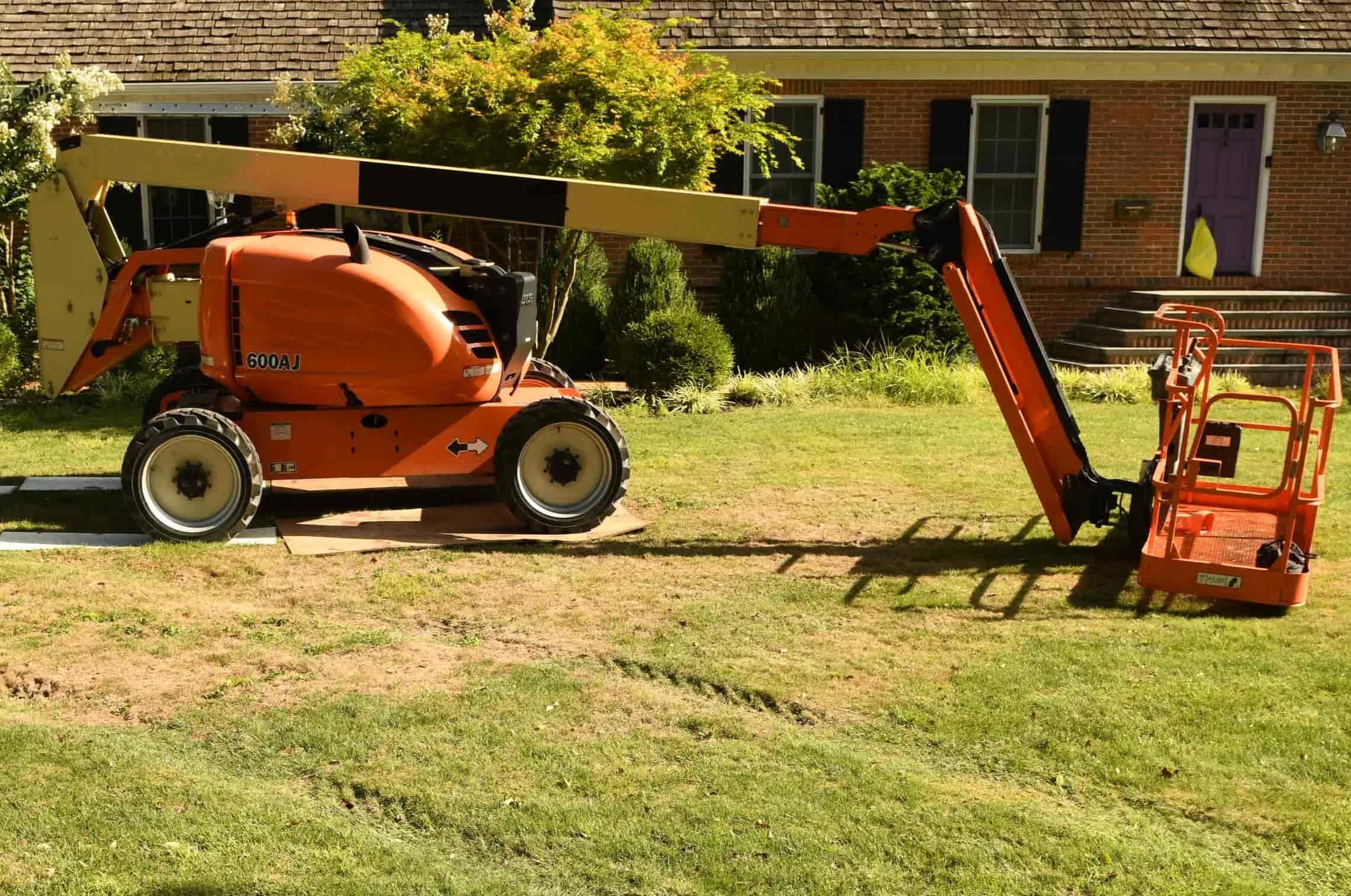

Landscaping Ideas
How To Fix Tire Ruts In Grass
Modified: February 18, 2024
Learn effective landscaping ideas to fix tire ruts in grass and restore the beauty of your lawn. Discover step-by-step solutions for repairing tire tracks and improving your outdoor space.
(Many of the links in this article redirect to a specific reviewed product. Your purchase of these products through affiliate links helps to generate commission for Storables.com, at no extra cost. Learn more)
Introduction
Maintaining a pristine and lush green lawn can be a source of pride for any homeowner. However, the unsightly appearance of tire ruts in the grass can quickly diminish the aesthetic appeal of your outdoor space. Whether these ruts are the result of heavy machinery, vehicle tracks, or simply wear and tear from frequent use, the good news is that they can be remedied with the right approach.
In this comprehensive guide, we will delve into the art of restoring your grass to its former glory by addressing tire ruts. From assessing the extent of the damage to implementing effective solutions, you will gain valuable insights into the process of rejuvenating your lawn. By the end of this journey, you will be equipped with the knowledge and techniques needed to banish tire ruts and revive the vibrancy of your grassy landscape.
So, roll up your sleeves and prepare to embark on a rewarding adventure of lawn restoration. With a bit of effort and the right strategies, you'll soon be reveling in a flawlessly smooth and verdant lawn that beckons with its natural allure. Let's dive into the steps required to fix tire ruts in grass and reclaim the beauty of your outdoor sanctuary.
Key Takeaways:
- Assess the damage and gather the right tools before fixing tire ruts in your grass. Understanding the extent of the damage and having the necessary tools are crucial for a successful restoration.
- Loosen the soil, add topsoil, reseed, and provide ongoing care to banish tire ruts and revive your lawn. Following these steps will help you transform damaged areas into lush and vibrant grassy spaces.
Read more: How To Fix Tire Marks In Grass
Assessing the Damage
Before diving into the restoration process, it’s crucial to assess the extent of the damage caused by the tire ruts. Take a closer look at the affected area to determine the depth and width of the ruts. If the soil appears compacted and the grass is visibly flattened or damaged, it’s clear that intervention is necessary to revive the area.
Consider the underlying causes of the tire ruts. Were they created by heavy machinery, vehicle tracks, or repeated traffic over the same path? Understanding the root of the issue will help you prevent future damage and implement tailored solutions.
Additionally, evaluate the overall health of the surrounding grass. Are there signs of stress, such as discoloration or wilting, in the adjacent areas? Identifying any related issues will enable you to address them concurrently, ensuring a comprehensive restoration of the entire lawn.
By thoroughly assessing the damage, you’ll gain valuable insights into the specific requirements for repairing the tire ruts and rejuvenating the affected area. Armed with this knowledge, you can proceed with confidence, knowing that your efforts will yield a revitalized and resilient lawn.
Tools and Materials
Equipping yourself with the right tools and materials is essential for effectively addressing tire ruts in your grass. Here’s a comprehensive list of what you’ll need:
- Shovel: A sturdy shovel will be indispensable for loosening the compacted soil and preparing the area for restoration.
- Topsoil: High-quality topsoil is essential for replenishing the affected area and providing a fertile foundation for new grass growth.
- Grass Seed: Select a premium grass seed that is suitable for your specific climate and soil conditions to ensure successful reseeding.
- Rake: A durable rake will aid in leveling the soil and distributing the topsoil and grass seed evenly across the ruts.
- Sprinkler or Watering Can: Access to water is crucial for nurturing the newly seeded area and promoting healthy grass growth.
- Fertilizer: High-quality fertilizer will provide essential nutrients to support the growth and vitality of the reseeded grass.
- Protective Gear: Gloves, knee pads, and appropriate attire will keep you comfortable and protected during the restoration process.
With these tools and materials at your disposal, you’ll be well-prepared to embark on the journey of repairing tire ruts in your grass and restoring the natural beauty of your lawn.
Step 1: Loosen the Soil
The first step in remedying tire ruts in your grass is to loosen the compacted soil within the affected area. This process is essential for creating an optimal environment that promotes healthy grass growth and ensures the successful integration of new topsoil and grass seed.
Begin by using a sturdy shovel to gently break up the compacted soil along the tire ruts. Carefully work your way through the affected area, loosening the soil to a depth of several inches. Be mindful not to disturb the roots of the surrounding grass, as preserving their integrity is crucial for seamless restoration.
Once the soil is loosened, use a rake to level the area and create a smooth surface. This will facilitate the even distribution of topsoil and grass seed, laying the groundwork for a uniform and vibrant lawn.
By effectively loosening the soil, you’re setting the stage for the subsequent steps of the restoration process. This foundational step is instrumental in creating an environment that is conducive to robust grass growth and the seamless integration of revitalizing elements.
Spread a thin layer of topsoil over the ruts and gently tamp it down. Water the area to help the soil settle and encourage grass growth. Keep the area well-watered until the grass has fully recovered.
Step 2: Add Topsoil
After loosening the compacted soil, the next crucial step in the restoration process is to add topsoil to the affected area. High-quality topsoil serves as a nourishing foundation for new grass growth, providing essential nutrients and a fertile environment for the revitalization of the damaged lawn.
Begin by evenly spreading a layer of topsoil over the loosened soil within the tire ruts. Use a rake to gently level the topsoil, ensuring that it seamlessly integrates with the existing soil and creates a uniform surface. The depth of the topsoil layer should be sufficient to accommodate the healthy growth of new grass, providing a nourishing substrate for the reseeding process.
As you add topsoil to the affected area, pay attention to achieving a balanced and level surface. This meticulous approach will contribute to the successful reseeding of the grass and the seamless blending of the restored area with the surrounding lawn.
By adding topsoil to the tire ruts, you’re laying the groundwork for the rejuvenation of the damaged grass. This essential step sets the stage for the subsequent reseeding process, ensuring that the newly revitalized area is primed for robust and vibrant growth.
Read more: How To Store Unmounted Tires
Step 3: Reseed the Area
Reseeding the affected area is a pivotal step in the restoration process, as it sets in motion the rejuvenation of the damaged grass and paves the way for the emergence of a vibrant and resilient lawn. Selecting high-quality grass seed that is well-suited to your local climate and soil conditions is essential for ensuring successful and enduring growth.
Begin by evenly distributing the grass seed over the freshly added topsoil within the tire ruts. Aim for a uniform application that provides comprehensive coverage while avoiding excessive clustering of the seeds. This meticulous approach will contribute to the even and robust growth of the reseeded grass.
Once the grass seed is distributed, gently rake the area to ensure that the seeds make optimal contact with the topsoil. This will promote effective germination and the establishment of healthy grass roots, setting the stage for lush and resilient growth.
After reseeding the area, lightly water the newly treated section to initiate the germination process. Adequate moisture is essential for nurturing the grass seed and promoting healthy growth. Depending on your local climate and weather conditions, regular and consistent watering will be essential for ensuring the successful establishment of the reseeded grass.
By diligently reseeding the affected area, you’re taking a significant stride toward restoring the natural beauty and vitality of your lawn. This transformative step sets the stage for the emergence of lush and resilient grass, breathing new life into the previously damaged and unsightly tire ruts.
Step 4: Water and Maintain
Following the reseeding process, providing adequate moisture and ongoing maintenance is crucial for nurturing the newly treated area and ensuring the successful establishment of healthy grass growth. Consistent and attentive care will play a pivotal role in fostering the revival of the previously damaged tire ruts, setting the stage for a lush and vibrant lawn.
Begin by lightly watering the reseeded area immediately after the reseeding process. Ensure that the soil is adequately moist but not waterlogged, as this delicate balance is essential for promoting optimal germination and the emergence of healthy grass seedlings.
As the reseeded area begins to show signs of new growth, continue to monitor its moisture levels and provide regular watering as needed. Depending on your local climate and weather conditions, adjusting the frequency and duration of watering will be essential to accommodate the evolving needs of the emerging grass.
In addition to watering, consider the application of a high-quality fertilizer to provide essential nutrients that support the robust growth and vitality of the reseeded grass. Select a fertilizer that is well-suited to your specific grass type and follow the recommended application guidelines to ensure optimal results.
Throughout the establishment phase, be mindful of foot traffic and avoid excessive use of the treated area to allow the newly reseeded grass to take root and flourish undisturbed. This thoughtful approach will contribute to the successful rejuvenation of the previously damaged tire ruts, paving the way for a resilient and verdant lawn.
By providing attentive care and ongoing maintenance, you’ll play a pivotal role in nurturing the revitalization of the reseeded area, ensuring that it flourishes into a lush and vibrant extension of your meticulously tended lawn.
Conclusion
Embarking on the journey of fixing tire ruts in your grass is a rewarding endeavor that promises the restoration of natural beauty and vitality to your outdoor sanctuary. By following the comprehensive steps outlined in this guide, you’ve gained valuable insights into the art of rejuvenating your lawn and banishing unsightly tire ruts.
From the initial assessment of the damage to the meticulous reseeding process, each step plays a crucial role in the seamless restoration of the affected area. By loosening the soil, adding topsoil, reseeding, and providing attentive care, you’ve set the stage for the emergence of lush and resilient grass that breathes new life into the previously damaged tire ruts.
As you witness the transformation of the reseeded area and the gradual resurgence of healthy grass growth, take pride in the diligent efforts you’ve invested in reclaiming the beauty of your lawn. The vibrant and lush expanse that emerges from the once-damaged tire ruts stands as a testament to your dedication to nurturing and preserving the natural allure of your outdoor space.
Looking ahead, continue to provide ongoing care and maintenance to the reseeded area, ensuring that it flourishes into a seamless and vibrant extension of your meticulously tended lawn. By nurturing the newly revitalized section and preventing future damage, you’ll cultivate a resilient and enduring landscape that beckons with its natural allure.
With the knowledge and techniques acquired through this guide, you’re well-equipped to tackle the challenge of fixing tire ruts in your grass, fostering the enduring beauty and vitality of your outdoor haven. As you revel in the lush expanse that emerges from the restoration process, take pride in the transformative impact of your dedicated efforts, and savor the natural splendor of your flawlessly restored lawn.
Frequently Asked Questions about How To Fix Tire Ruts In Grass
Was this page helpful?
At Storables.com, we guarantee accurate and reliable information. Our content, validated by Expert Board Contributors, is crafted following stringent Editorial Policies. We're committed to providing you with well-researched, expert-backed insights for all your informational needs.
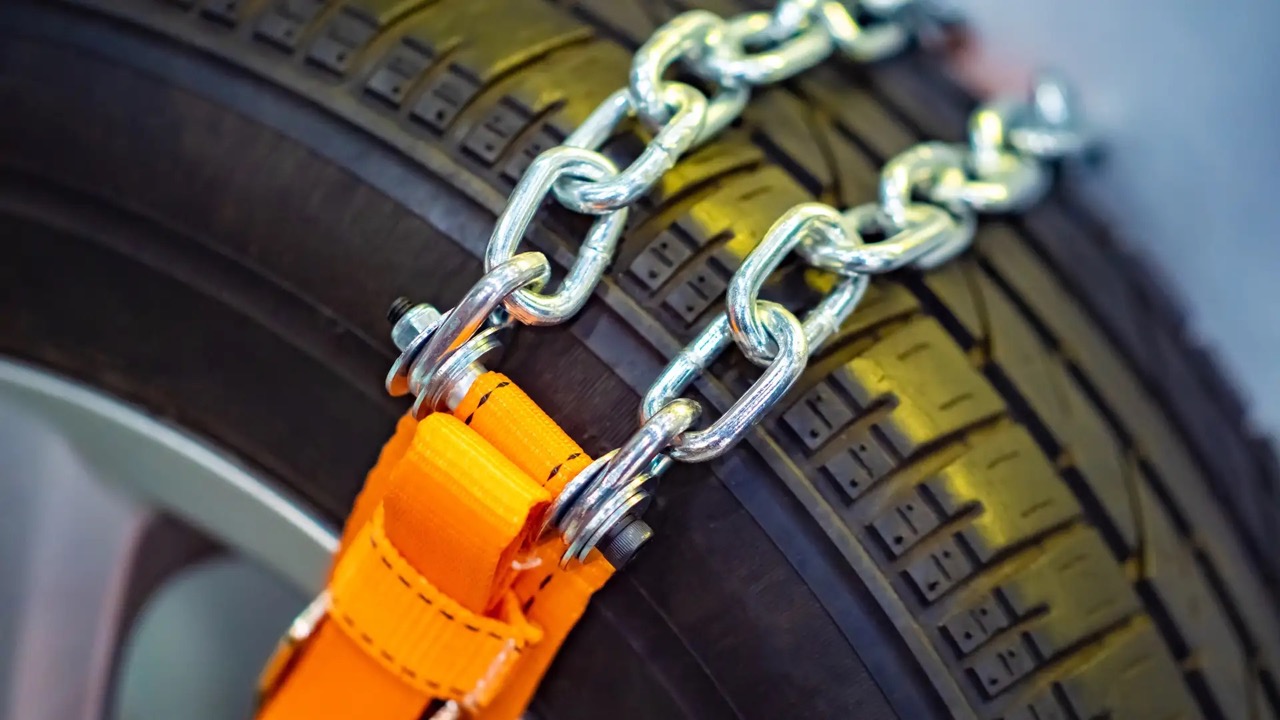

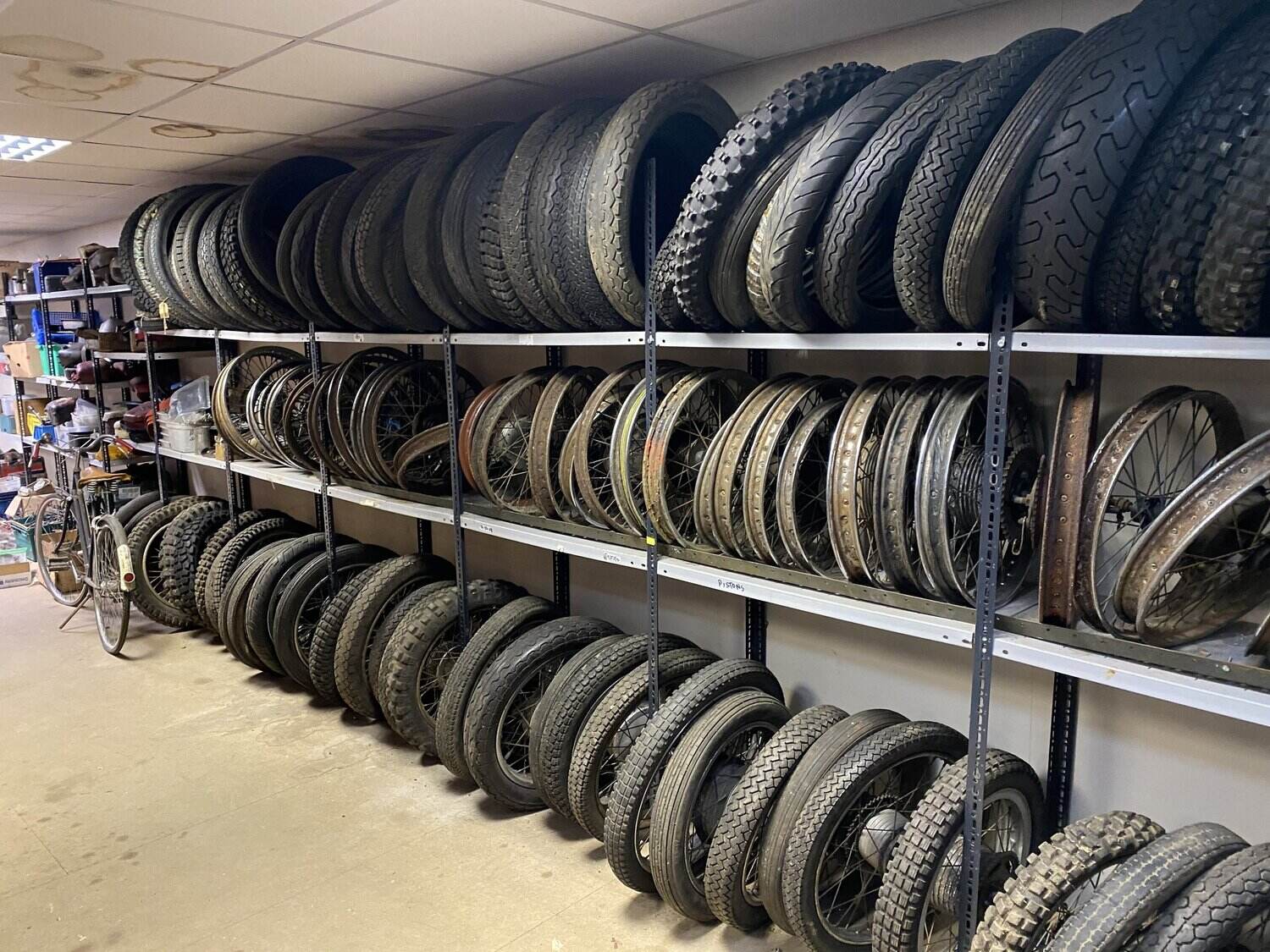
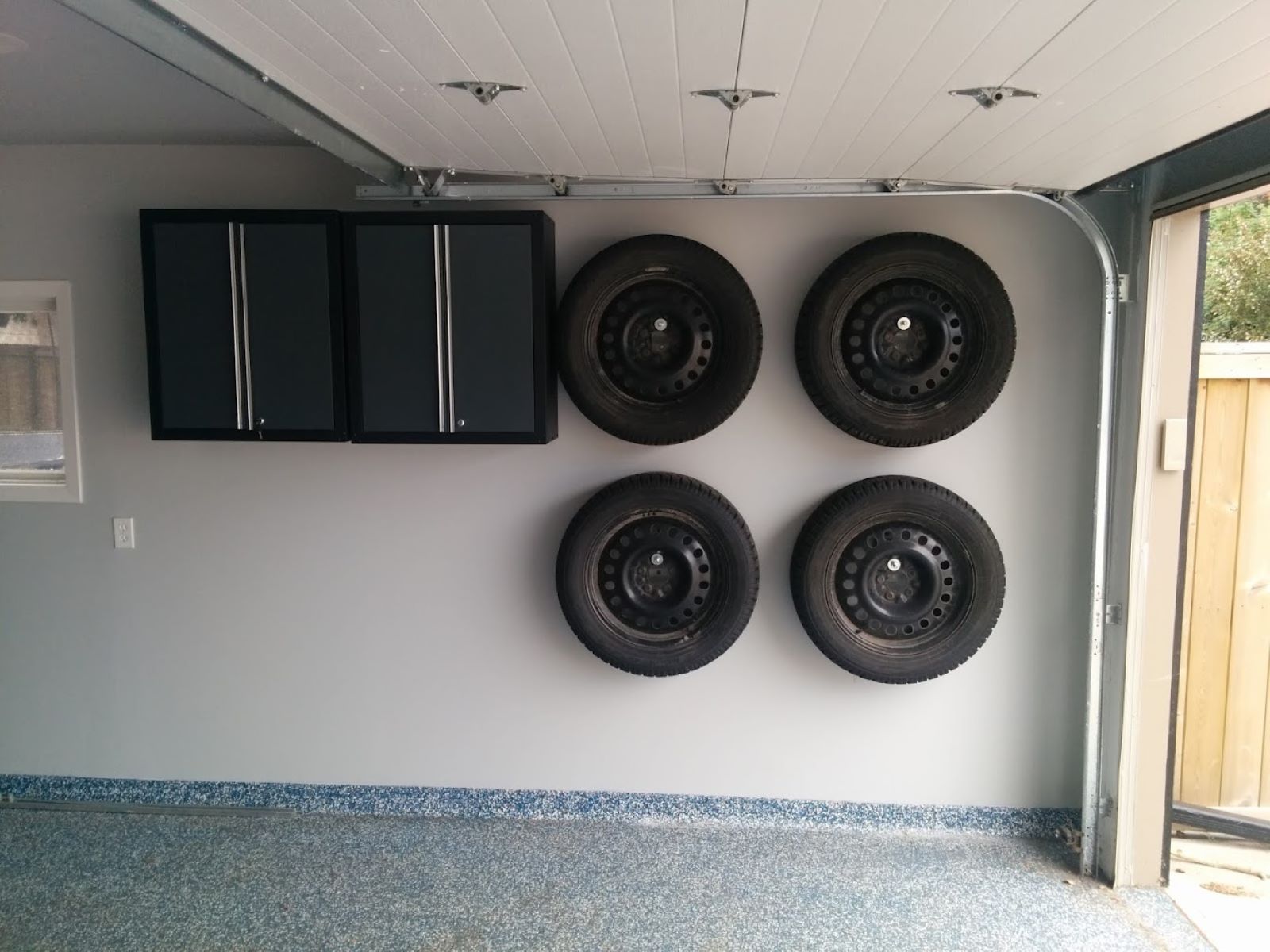
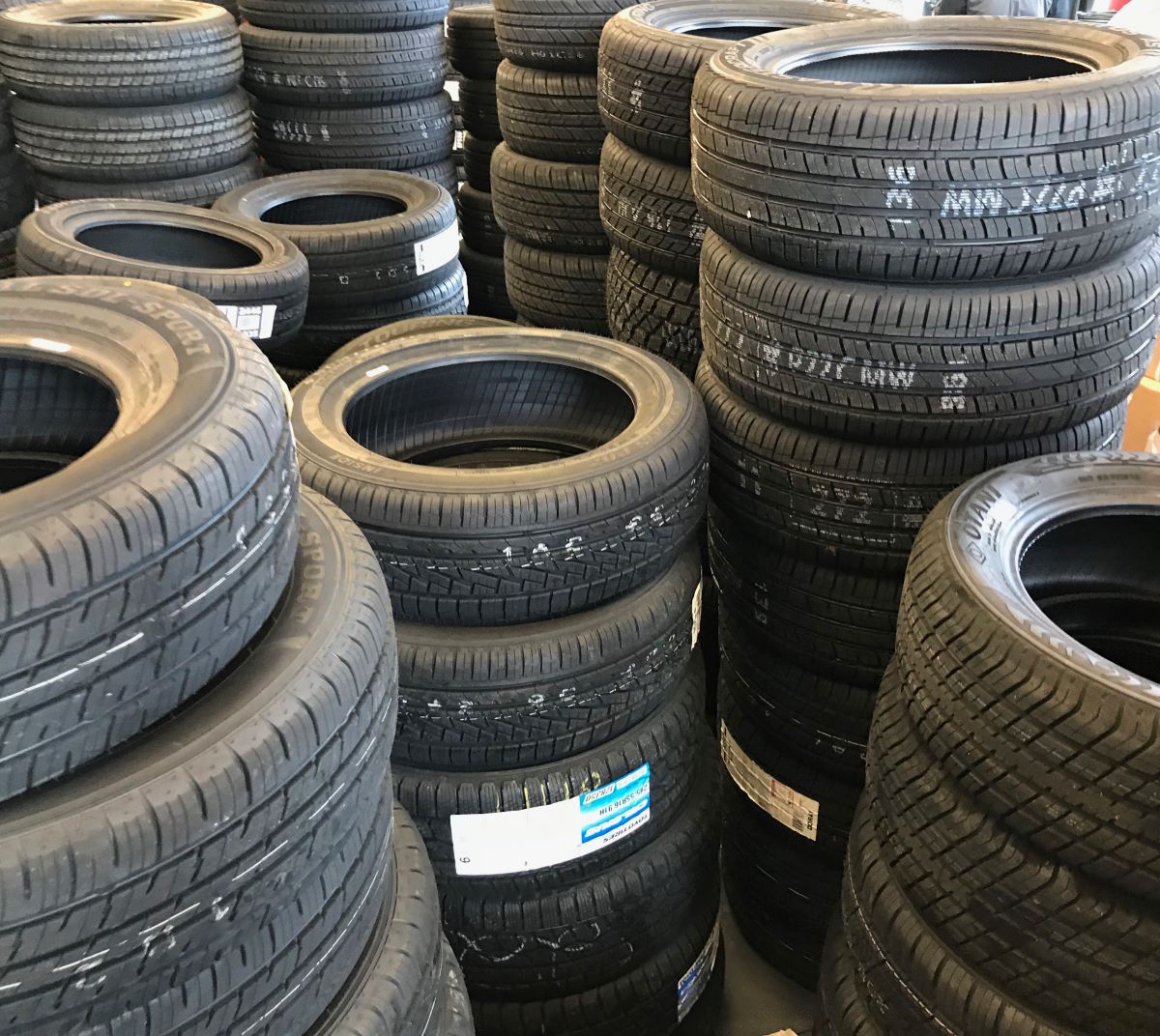
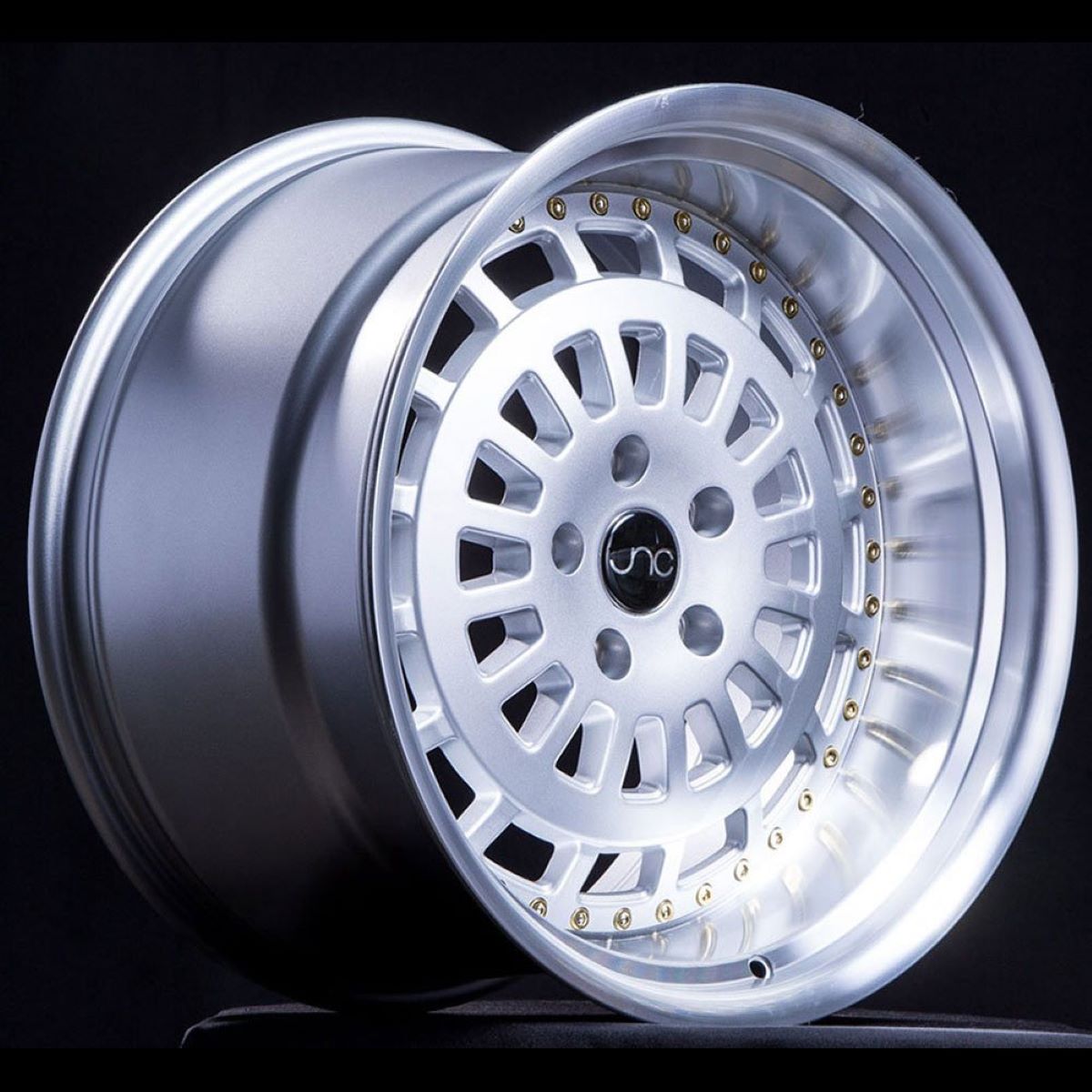
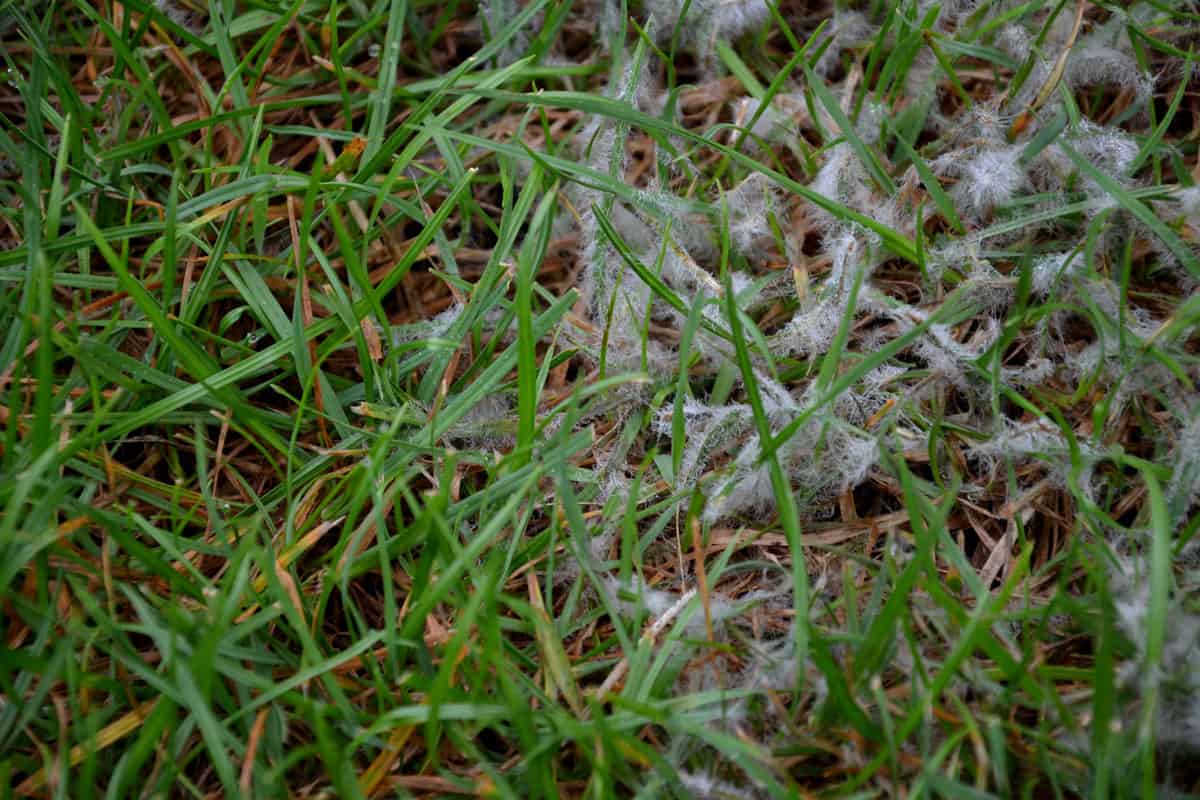
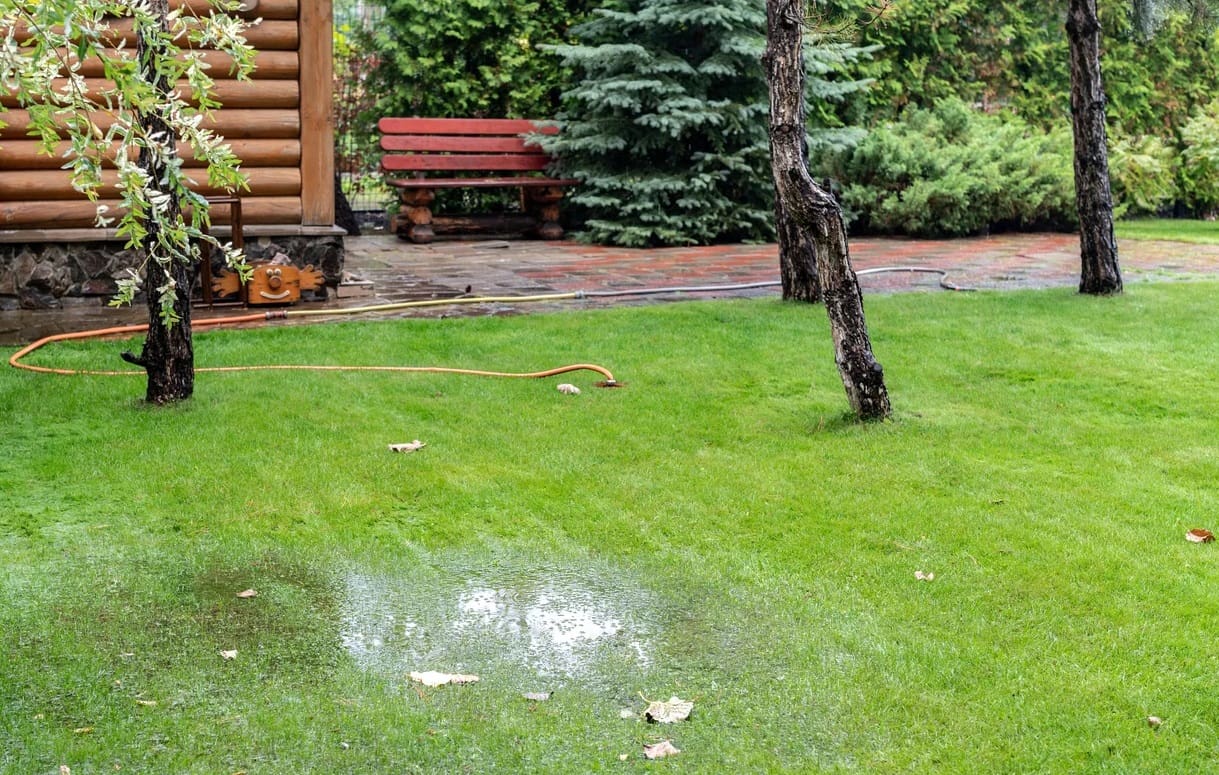
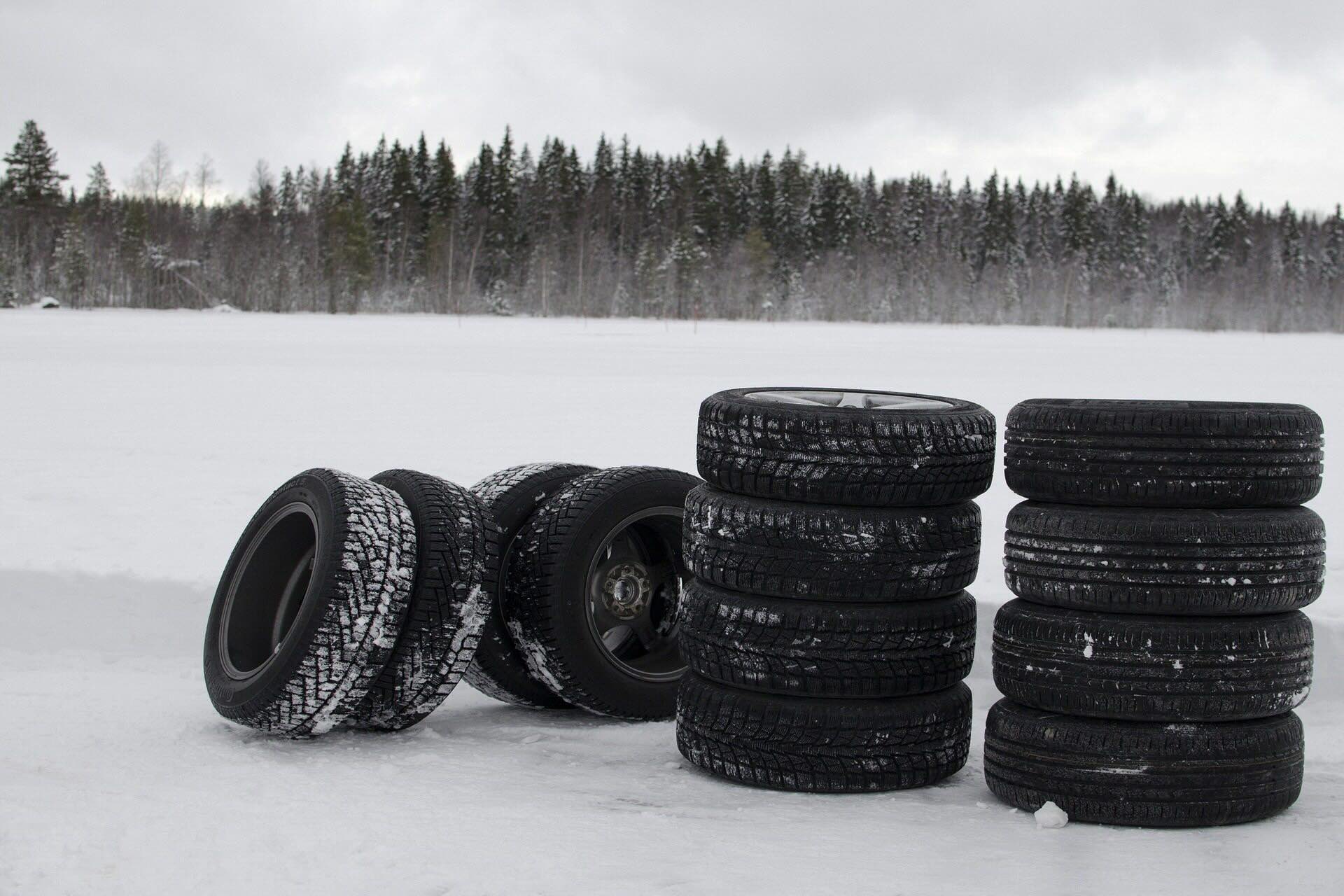
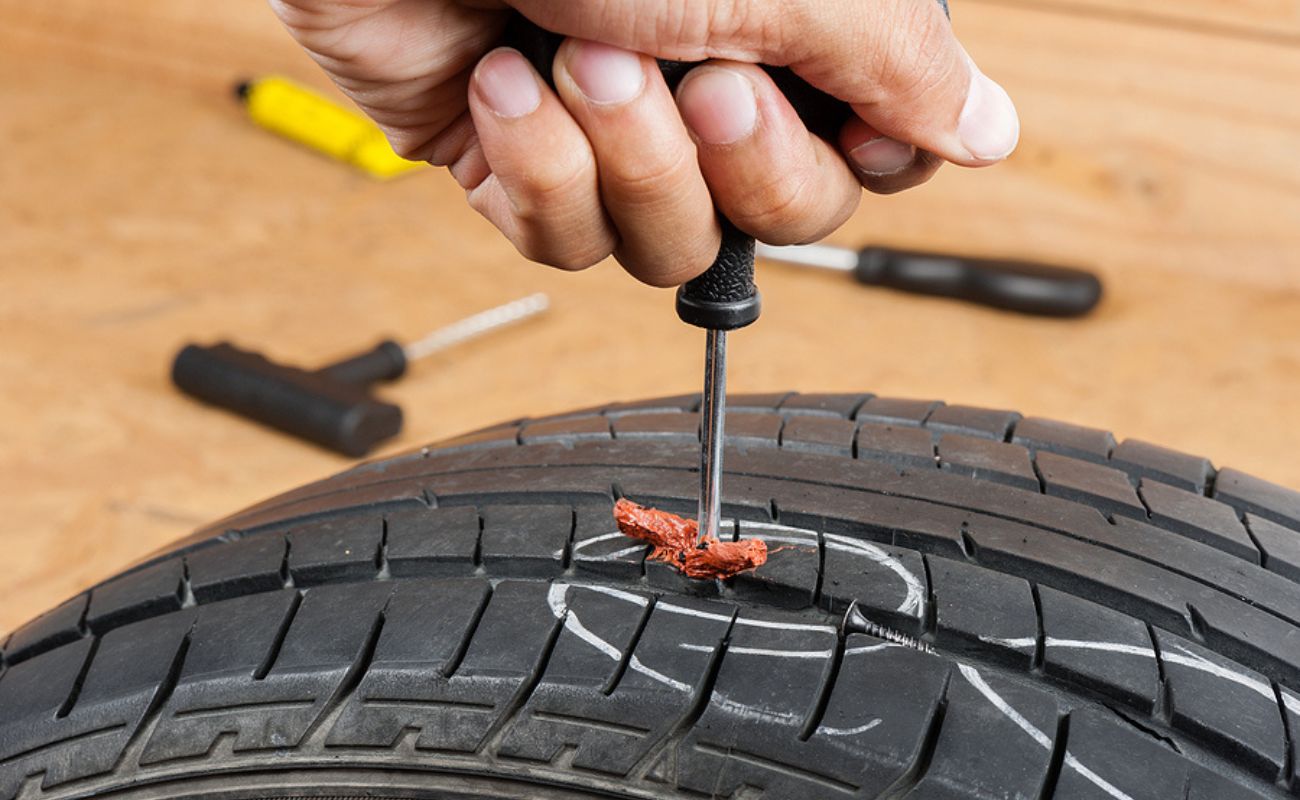
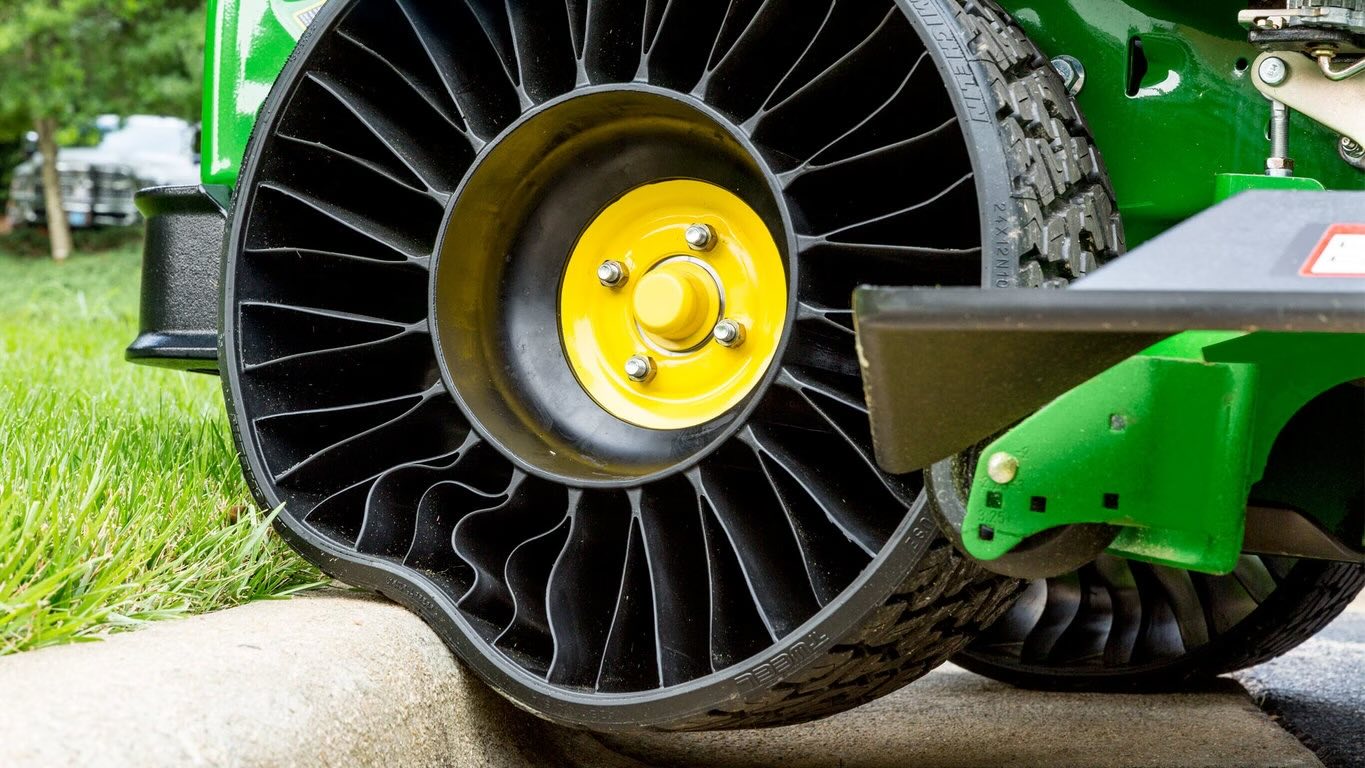
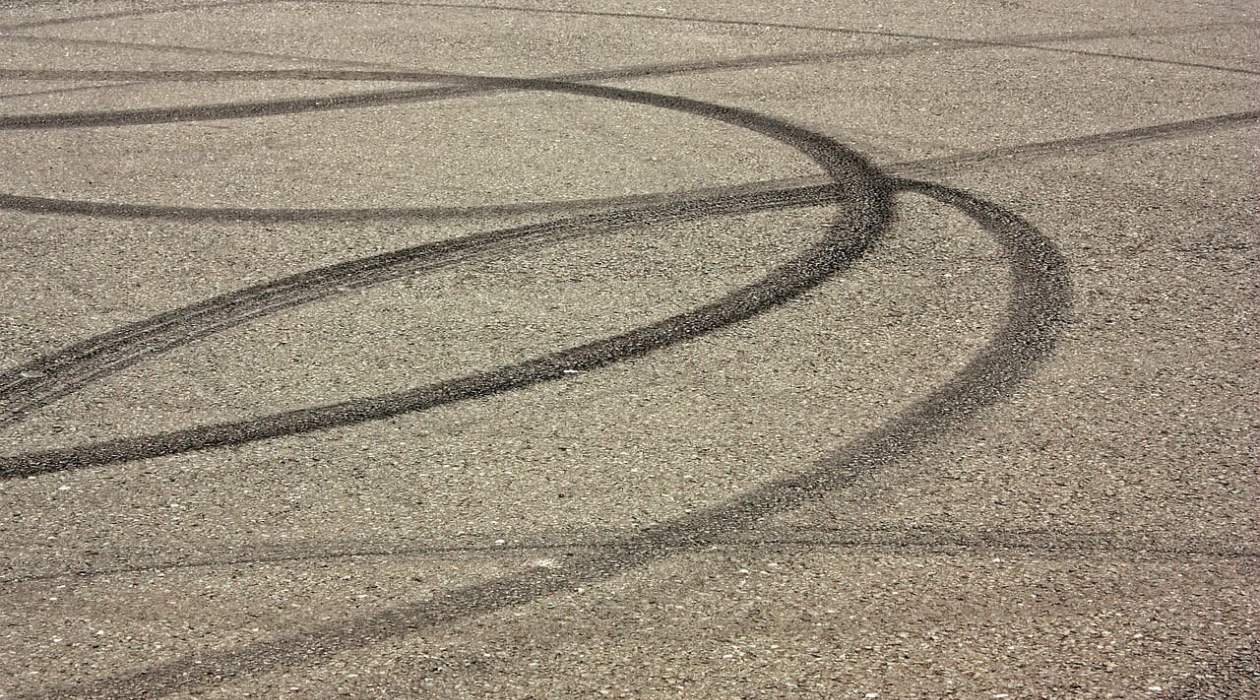
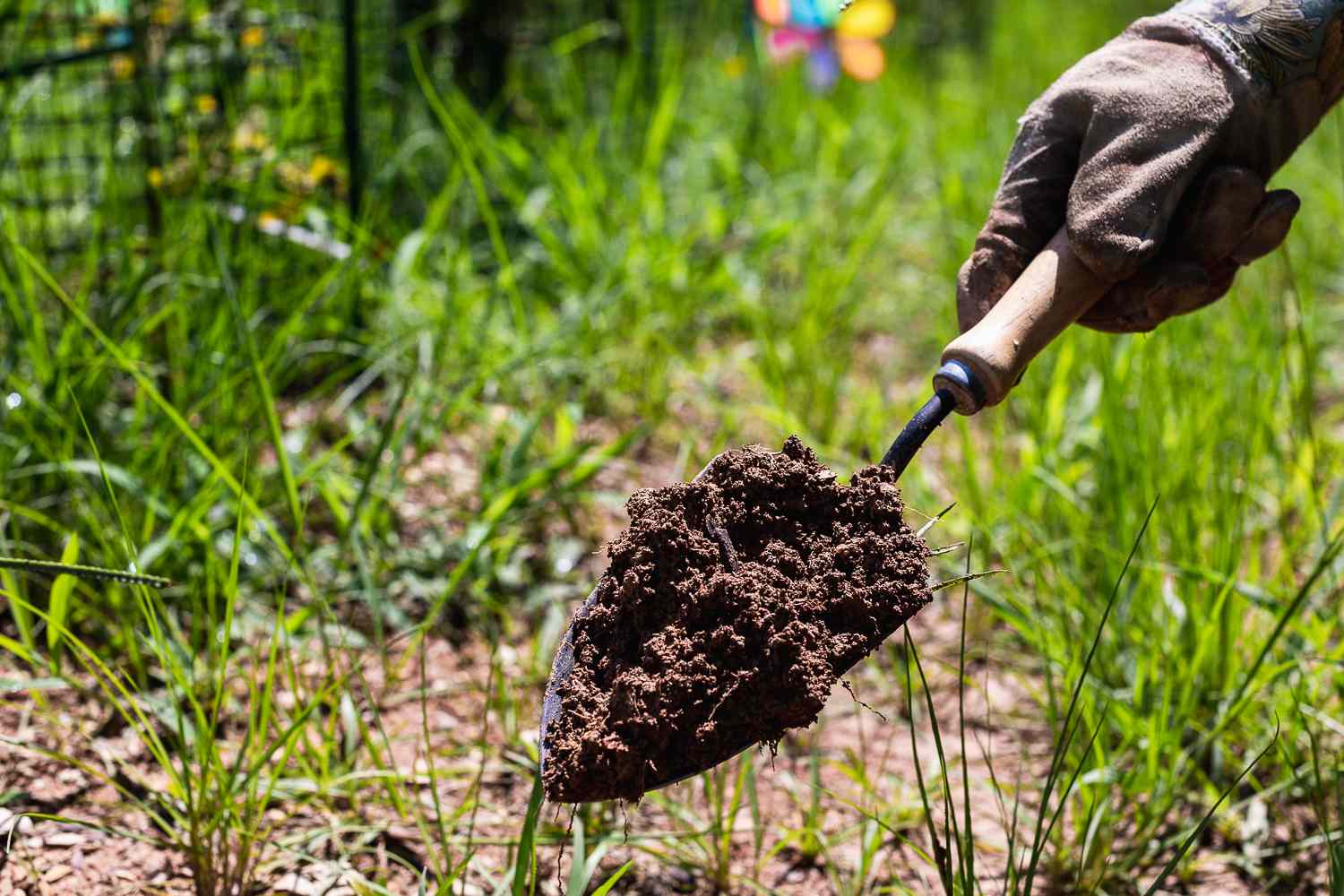
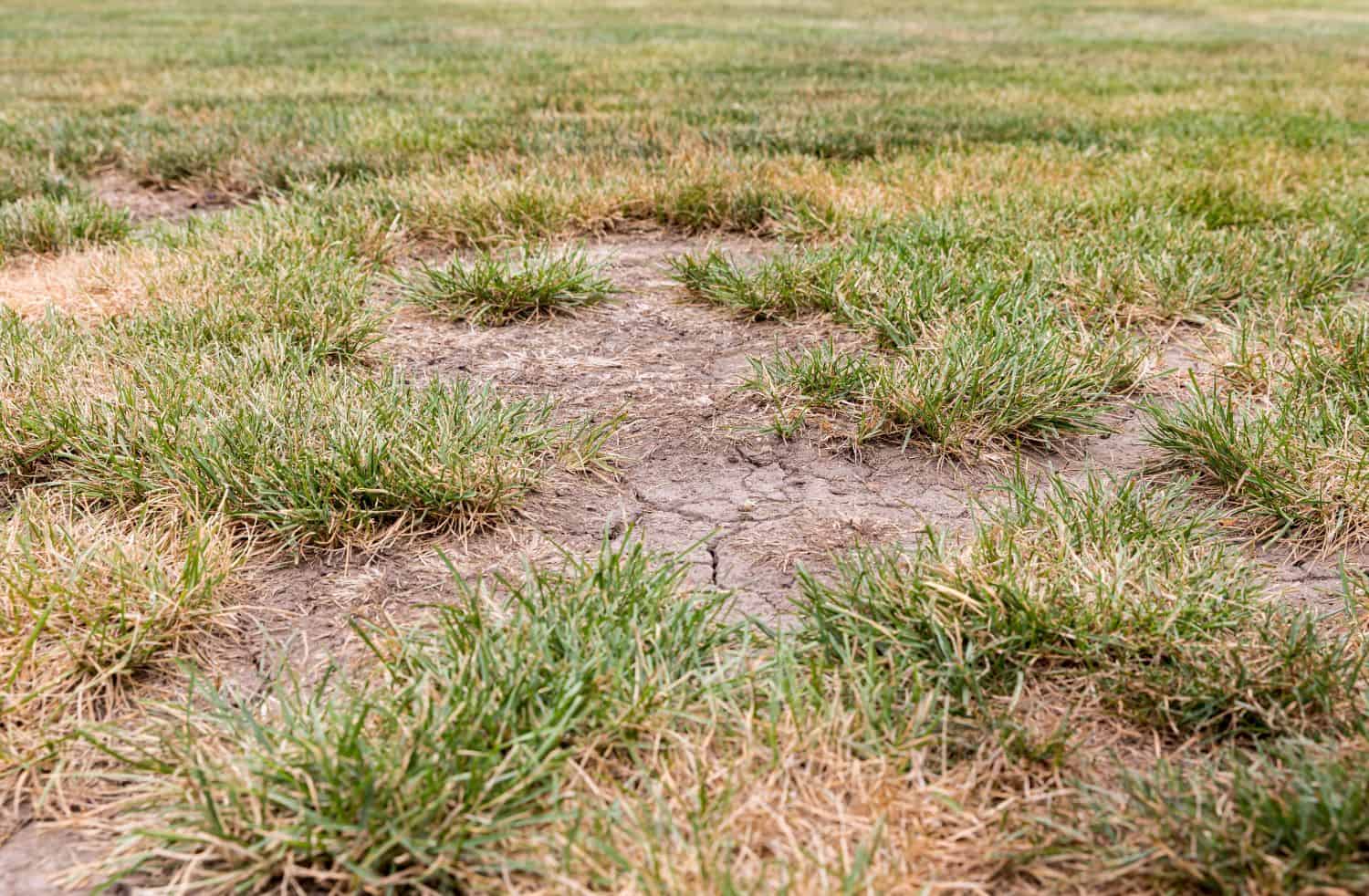

0 thoughts on “How To Fix Tire Ruts In Grass”